Explanation
Located in Baegunsan Mountain is a recreational forest that is a testament to Korea's rich ecosystem. Home to many rare fauna and flora, the area brims with diverse attractions. Come springtime, visitors can find the maple sap, a mineral-rich liquid from a local deciduous tree of the maple family, known for its medicinal benefits. Indeed, this is a recreational forest cradled in the arms of nature. With the towering Baegunsan peak, scaling 1,222 meters, as its crown jewel, the landscape unfolds like a tapestry woven with harmonious blends of man-made and natural pine forests. Journey through the cedar and cypress woods, and one will find the valley that evokes sheer wonder. Close by, history whispers through the ancient Ongnyongsa Temple Site, where Doseonguksa dedicated 35 years to ascetic practices. As February turns to March, over 7,000 camellias blossom around this sacred site, painting the area in vibrant hues.
Inquiry
+82-61-797-2655
Homepage
Information Use
Capacities : 1,000 people per day
Experience Guide : Forest Kindergarten, Green Culture Forest School, Water Play Experience, Nature Video Tour, Hiking Adventure, Walking Trails, Red Clay Road Exploration, Ecological Trail walks
Contact and Information : +82-61-797-2655
Opening day : June 21, 2000
Parking facilities : Available (470 parking spaces)
Day off : 2nd & 4th Mondays, except during peak season
* For more details, check the official website
Hours : [Park hours] 09:00–18:00
[Accommdations] Check-in 14:00 / Check out 11:00 (next day)
[Campsite] 10:00-10:00 (next day)
More information
Parking Fees
Small to medium-sized vehicles (passenger cars, seating less than 35 people, vans, cargo under 5 tons) - 3,000 won
Large vehicles (buses with 35 or more seats, cargo over 5 tons) – 5,000 won
Admission Fees
Free
Restrooms
Available
Location
337 Baekgye-ro, Gwangyang-si, Jeollanam-do

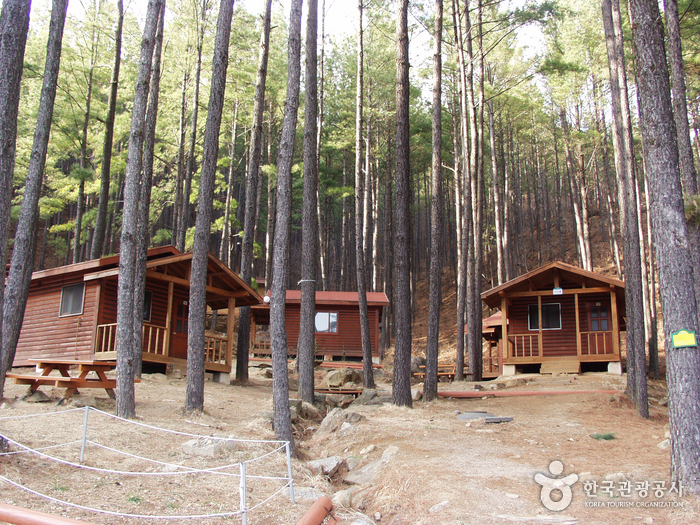
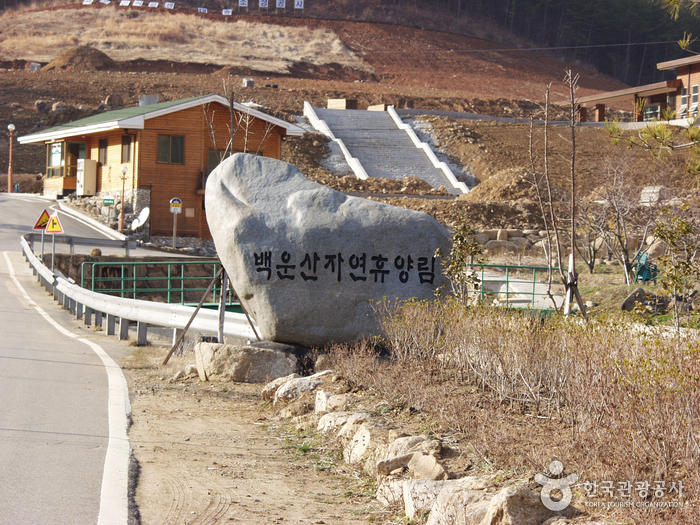
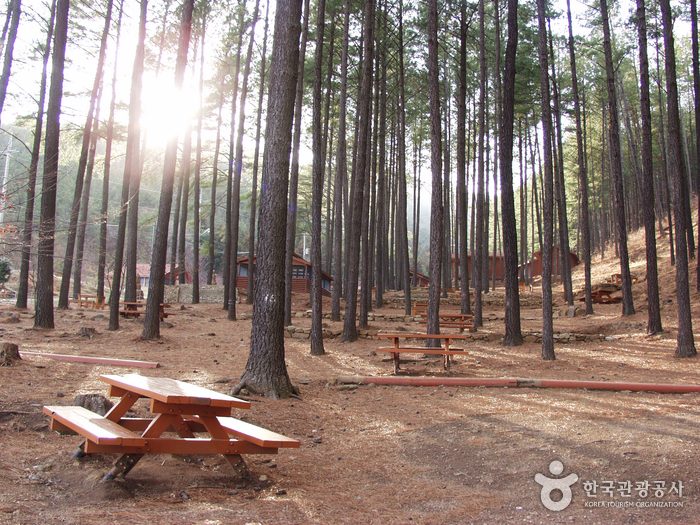
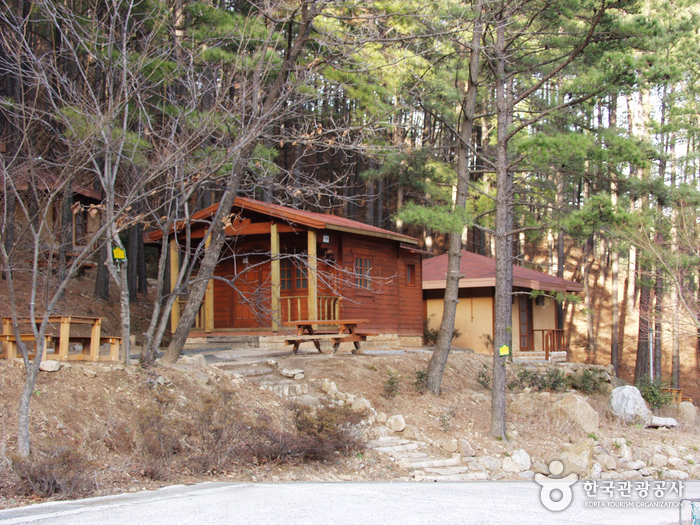
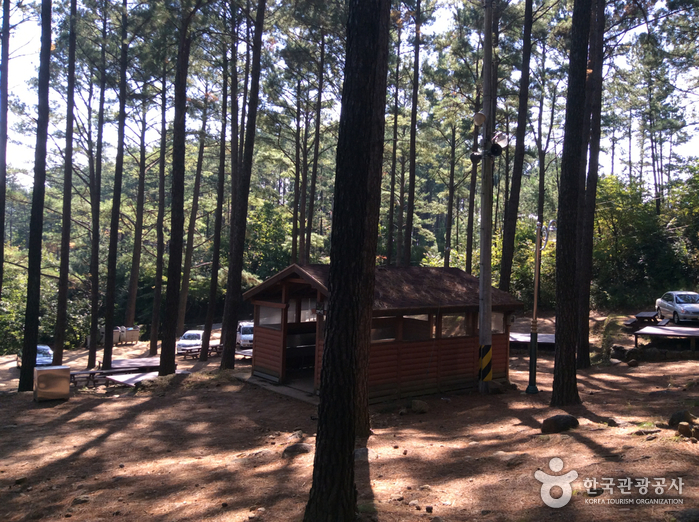
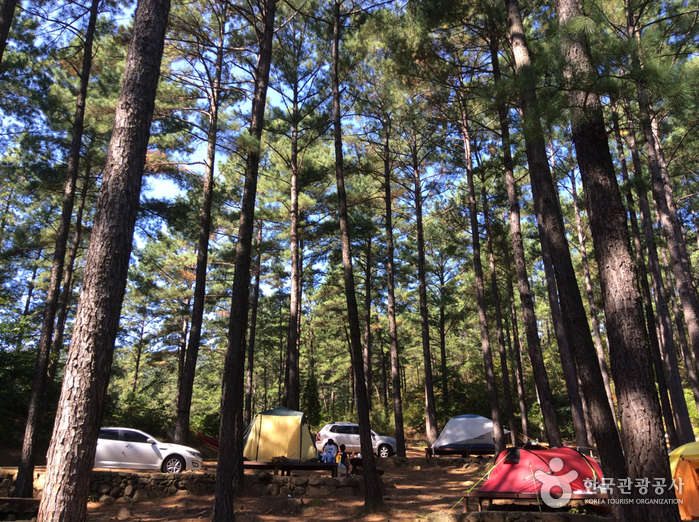
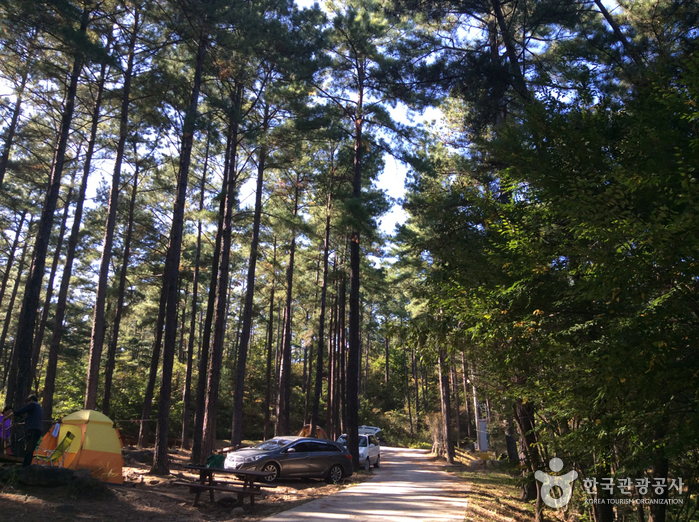
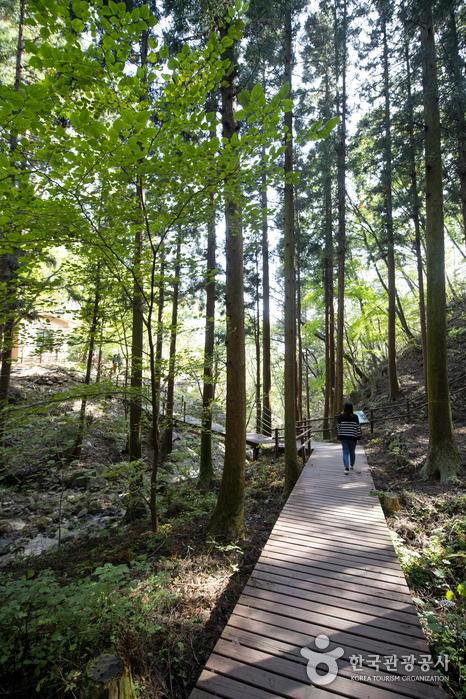
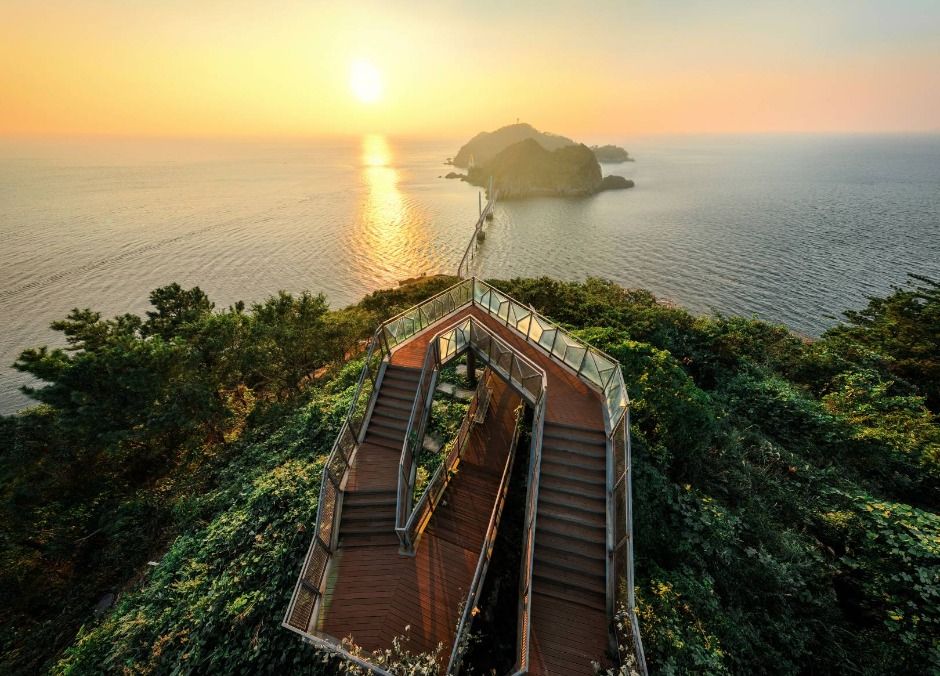
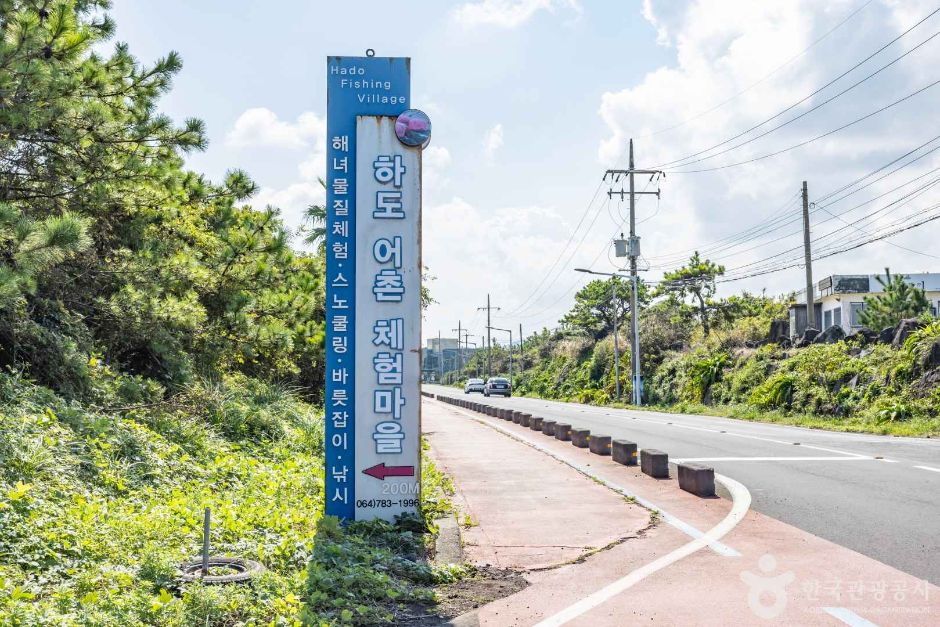
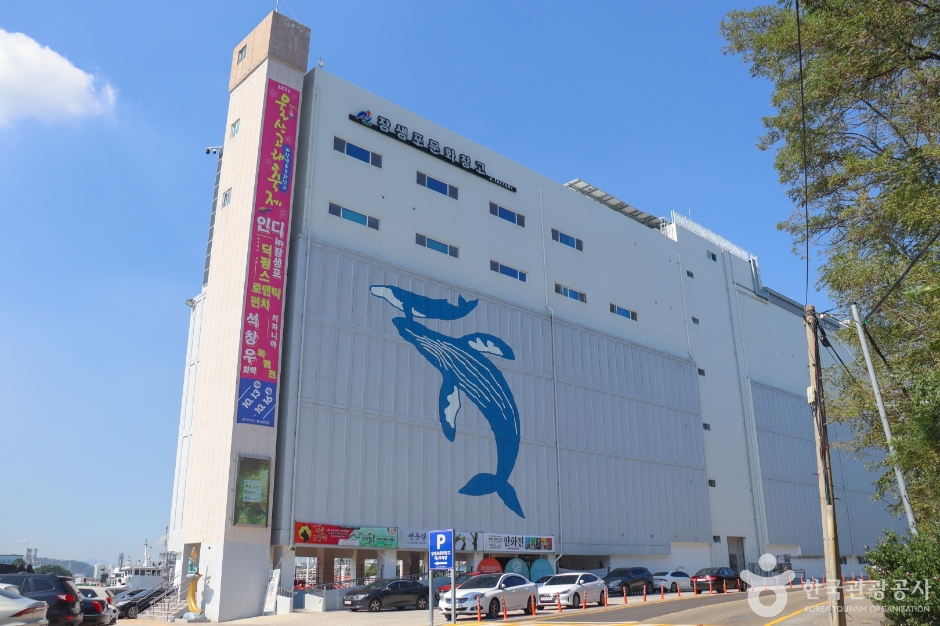
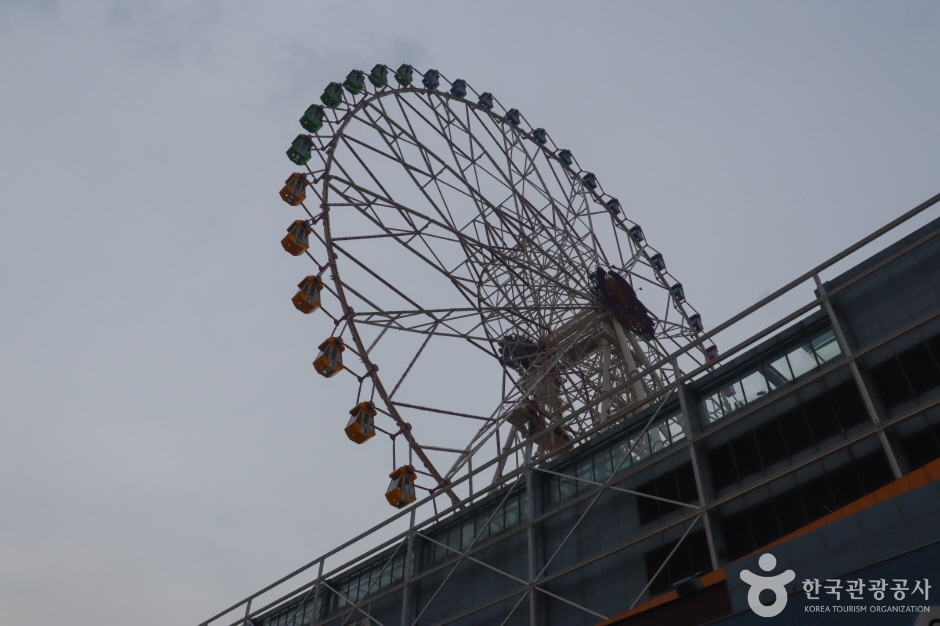

 English
English
 한국어
한국어 日本語
日本語 中文(简体)
中文(简体) Deutsch
Deutsch Français
Français Español
Español Русский
Русский